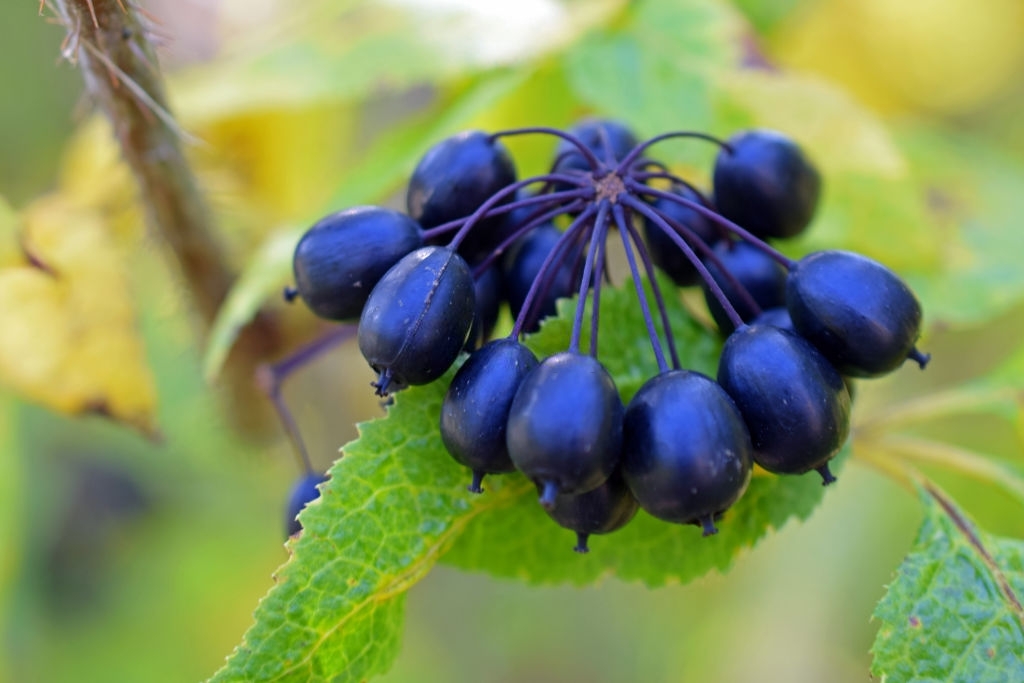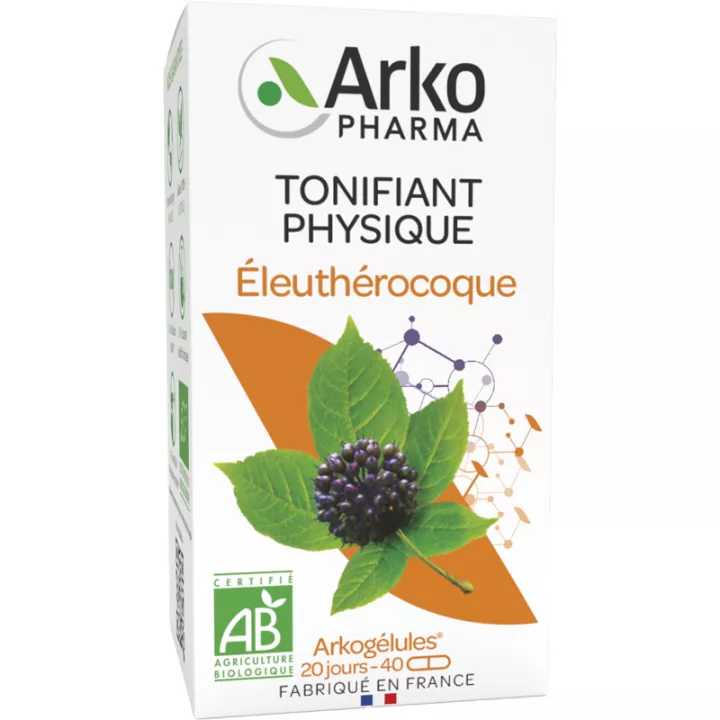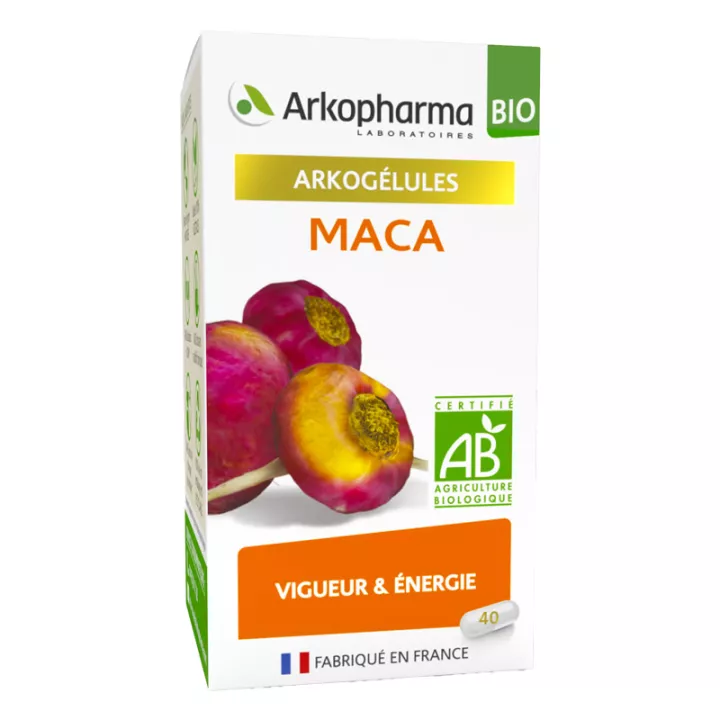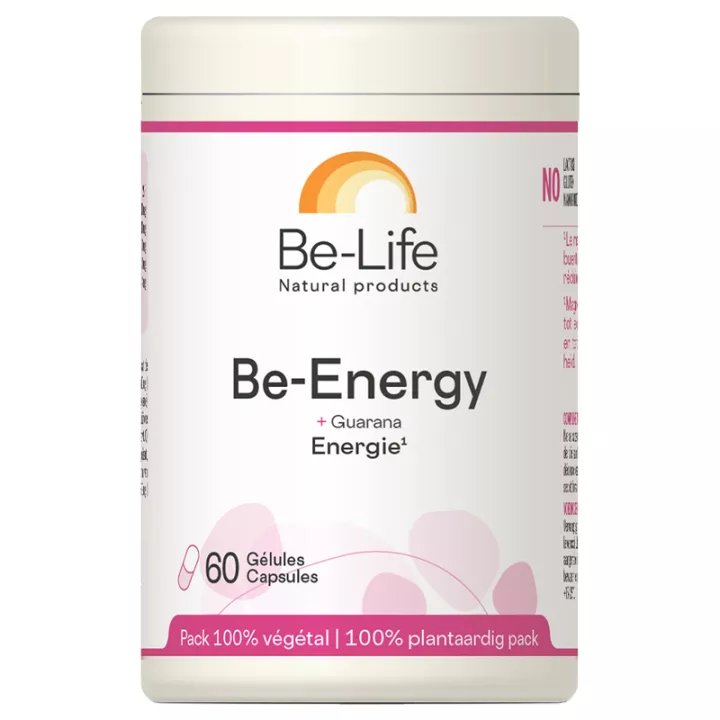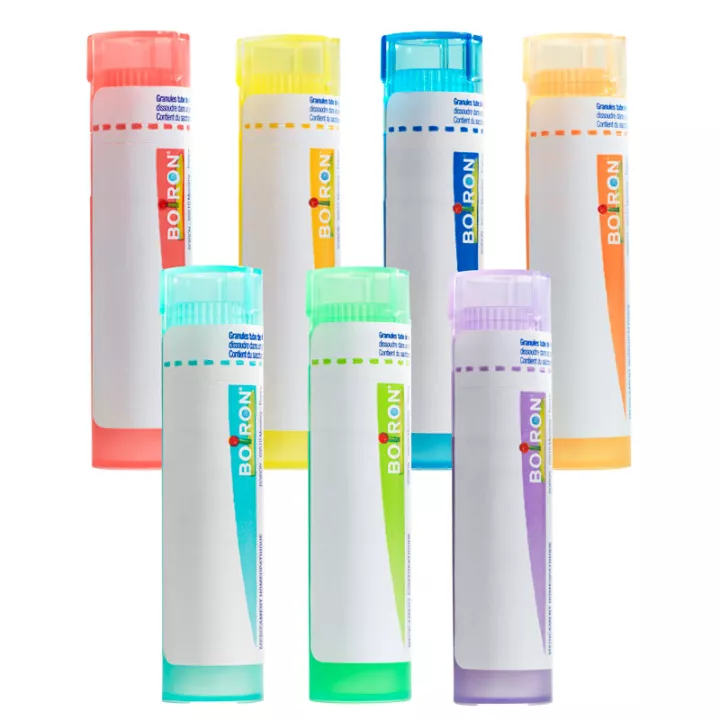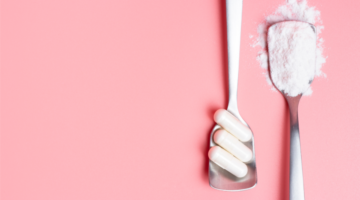What is Arkogélules® BIO Eleuthérocoque used for?
Arkogélules® BIO Eleuthérocoque is your ideal ally for regaining vitality and energy. Its organic formula, rich in natural active ingredients, is specially designed to help you overcome periods of intense fatigue, whether physical or intellectual. Extracted from the root of Eleutherococcus, an ancient plant renowned for its energizing properties, this solution is particularly indicated in cases of stress, overwork or low energy.
Eleutherococcus is known as the "Russian Ginseng", a nickname that reflects its tonic efficacy. This plant is packed with precious compounds such as polysaccharides, glycans, saponins and coumarins, which act synergistically to strengthen your body and provide natural stimulation. In exam periods or to support the elderly in their daily lives, it represents a natural alternative for improving physical and mental capacities.
Traditionally used in Chinese and Siberian medicine, Eleutherococcus root is valued for its revitalizing effects and adaptogenic action, i.e. its ability to help the body better manage stress. Thanks to Arkogélules® BIO Eleutherococcus, take advantage of the benefits of this exceptional plant and regain a natural balance in the most demanding moments of your life.
The organic quality of this product guarantees ingredients grown without pesticides or GMOs, respecting both your health and the environment. This commitment to nature-friendly agriculture is part of a sustainable development approach, an ideal choice for those who wish to combine their well-being with that of the planet.
Last but not least, Arkogélules® BIO Eleuthérocoque meets the expectations of people who want to adopt a more natural lifestyle. By offering you a certified organic product, Arkopharma preserves the plant's unique properties while limiting its ecological impact.
In times of professional overwork or chronic fatigue, Arkogélules® BIO Eleuthérocoque acts as a real energy catalyst. Thanks to its natural active ingredients, this dietary supplement helps your body to better withstand daily demands. Eleutherococcus, known for its adaptogenic virtues, also supports your immune system, enabling you to get through the seasons or periods of prolonged exertion with greater serenity. Its gentle yet effective action is ideal for restoring balance and an overall sense of well-being.
This product is ideal for both young professionals and senior citizens wishing to maintain their vitality. By stimulating physical and cognitive capacities, it promotes better concentration, increased endurance and optimized recovery after effort. Arkogélules® BIO Eleuthérocoque is the perfect ally for those looking for a natural, body-friendly solution to everyday challenges or to maintain a healthy lifestyle.
Looking for a dietary supplement to support your physical and mental performance?
Combine Arkogélules® BIO Eleuthérocoque with Superdiet Maca Performances Physiques Bio 90 Comprimés, another natural solution perfectly suited to your needs.
How to use this natural tonic
To reap the full benefits of Arkogélules® BIO Eleuthérocoque, take 2 capsules in a single dose with breakfast in the morning. Accompany them with a large glass of water to optimize absorption and get the day off to a good start.
Give your opinion on the advice for use and dosage of Arkogélules® BIO Eleuthérocoque with our partner Verified opinions after your purchase.
Precautions for use
- Not recommended during pregnancy and breastfeeding in the absence of sufficient data.
- Do not exceed recommended daily dose.
- A dietary supplement is not a substitute for a varied, balanced diet or a healthy lifestyle.
- Keep out of reach of young children.
- Store away from light, heat and humidity.
What does it contain?
Integral Totum powder, Organic Eleutherococcus root extract, Organic apple fiber, Organic corn starch, Vegetable capsule.
Available at
Box of 40 capsules, available at the best price in our online pharmacy.
